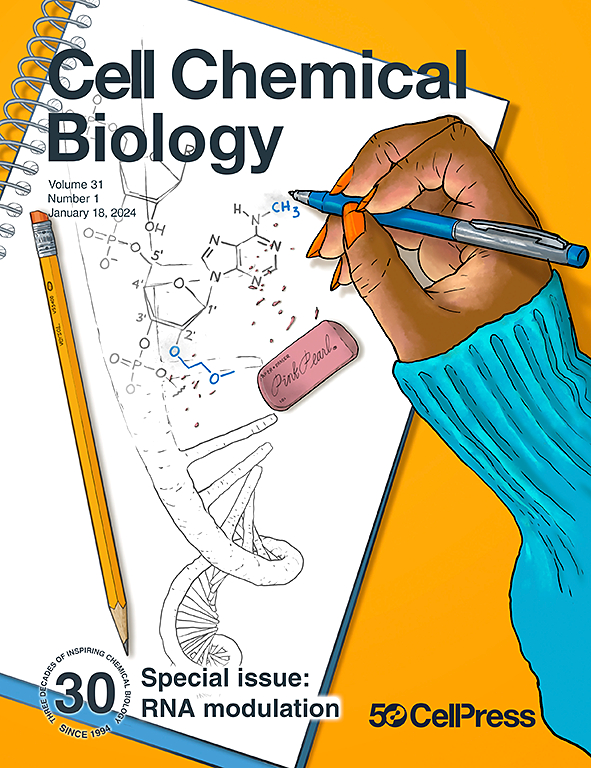Streptomycin targets tumor-initiating cells by disrupting oxidative phosphorylation
IF 6.6
1区 生物学
Q1 BIOCHEMISTRY & MOLECULAR BIOLOGY
引用次数: 0
Abstract
Tumor initiating cells (TICs) are the roots of current shortcomings in advanced and metastatic cancer treatment. Endowed with self-renewal and multi-lineage differentiation capacity, TICs can disseminate and seed metastasis in distant organ. Our work identified streptomycin (SM), a potent bactericidal antibiotic, as a molecule capable of specifically targeting non-adherent TIC from colon and breast cancer cell lines. SM induces iron-dependent, reactive oxygen species (ROS)-mediated cell death, which is mechanistically distinct from RSL3-induced ferroptosis. SM-induced cell death is associated with profound alterations in mitochondrial morphology. This effect results from COX1 inhibition, which disrupts the regulation of the cytochrome c oxidase complex and triggers mitochondrial ROS production. SM’s aldehyde group is essential, as its reduction into dihydrostreptomycin (DSM) abolishes its activity. These findings reveal a mechanism of action for streptomycin, shedding light on TIC metabolism and resistance, with potential implications for advanced cancer treatment.


求助全文
约1分钟内获得全文
求助全文
来源期刊

Cell Chemical Biology
Biochemistry, Genetics and Molecular Biology-Molecular Medicine
CiteScore
14.70
自引率
2.30%
发文量
143
期刊介绍:
Cell Chemical Biology, a Cell Press journal established in 1994 as Chemistry & Biology, focuses on publishing crucial advances in chemical biology research with broad appeal to our diverse community, spanning basic scientists to clinicians. Pioneering investigations at the chemistry-biology interface, the journal fosters collaboration between these disciplines. We encourage submissions providing significant conceptual advancements of broad interest across chemical, biological, clinical, and related fields. Particularly sought are articles utilizing chemical tools to perturb, visualize, and measure biological systems, offering unique insights into molecular mechanisms, disease biology, and therapeutics.
 求助内容:
求助内容: 应助结果提醒方式:
应助结果提醒方式:


